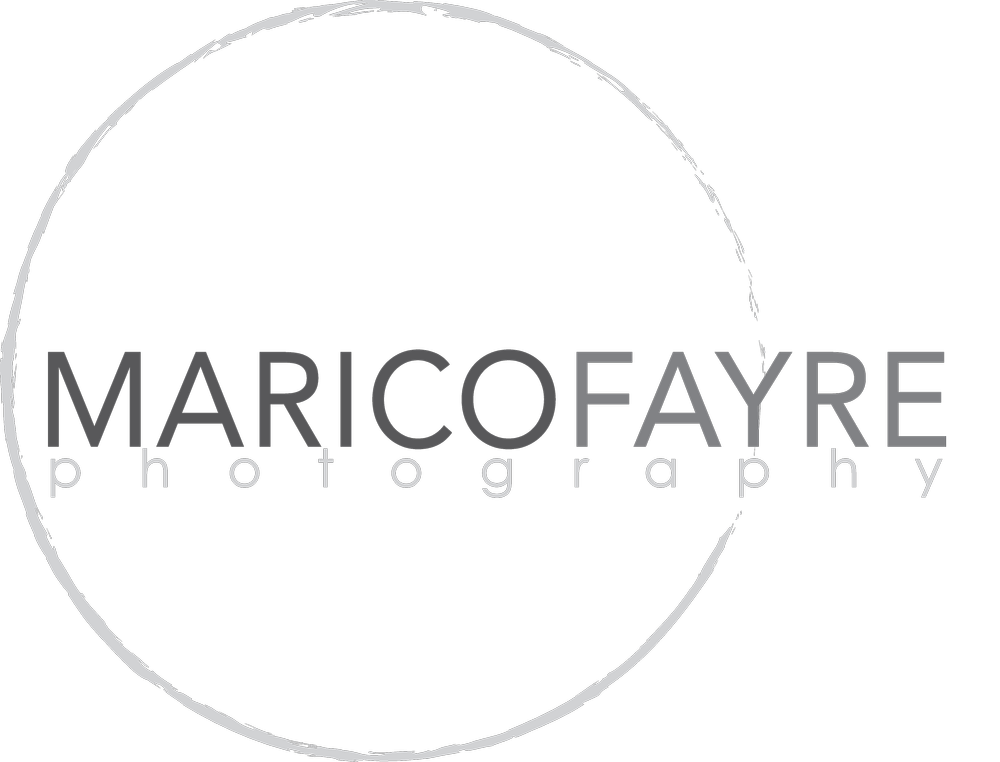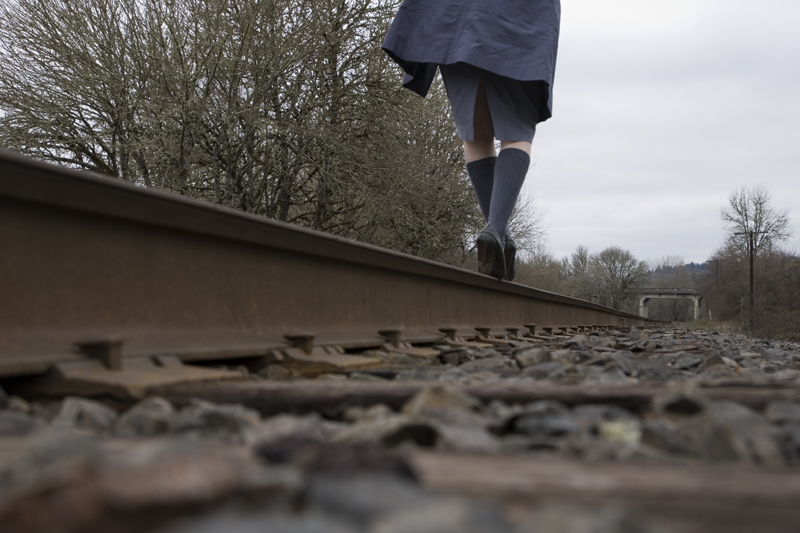As artists and creative types, we all work on many projects, sometimes in a variety of mediums. Our work encompasses the vastness of our experiences, our dreams, our sorrows, our search, and how we choose to see, comment on, and impact the world. However, we often become known for or associated with one particular project, potentially losing some of the depth of the work as a whole and, at the worst, leading us to get stuck in a rut of creating the same type of art again and again because it is expected/profitable. One of the things I love about teaching is seeing students experiment and have breakthroughs. Many are still defining their artistic vision and voice. They are realizing their passions, they are excited, and they are willing to experiment and challenge themselves beyond preconceptions.
Too often we lose this sense of play and freedom when we grow up, graduate, or decide to make art a career choice. If left too long, this can stagnate into a lack of inspiration or a type of creative block. In The Creative Habit, Twyla Tharp wrote about being in a rut:
“It’s going to happen sometimes: Despite all the good habits you’ve developed, the preparation rituals, the organizational tools, the techniques for scratching out pre-ideas and actual ideas, there will come a time when your creativity fails you. You stare at the canvas, the screen, the keyboard, the empty room - and it refuses to meet your eyes.”
Then there is the rut of being defined by a particular type of work you have done in the past, which may start out as accolades, but can, over time, build up into walls of definitions and expectations that keep you confined by what you have done in the past.
Sometimes it takes patience to wait for the next inspiration, the next influx of creative mojo that will get a project back on track. Often reframing the “problem,” a change of scenery (physically or mentally), and finding ways to create in other aspects of your life (so you do not focus on this lack) will help the process work through to its next phase. However, if, like me, patience is not your strongest virtue, or you have a deadline, or you just want to have some fun, I challenge you to remember why you began making art in the first place. I’m serious. Stop and really think about it. What is the driving force behind your need to create?
If you need a place to begin, think about:
Your favorite contemporary and favorite historic photographers/artists.
Artists that work with a similar subject matter to yours but in a different medium.
The first photograph you remember looking at and why it made an impression.
Your favorite author.
The book that was most influential in your adolescence life.
The music you listen to when you are creating.
What you do when you feel stressed (going for a walk or a drive, watching a movie, meditating, cooking, etc.)
The main colors in your home.
Your favorite time of day.
What you notice first when you look through the viewfinder.
The impact and importance of the tactile experience of your work.
How the change in season affects your work (and your mood).
Which of the five senses besides sight compels you most to create.
The emotions that you feel when you are most inspired.
How comfortable you are being vulnerable in your art.
How your physical environment shapes your inspiration.
Adjectives to describe your lifestyle.
Magazines, newspapers, or blogs you read on a weekly or monthly basis.
All of these are elements of life that inspire how and why you create and running through the list may spark a reminder of something you need to try.
And, back to the earlier question, why do you do what you do? What is the motivation at the core of your work? Defining this beyond a specific image or body of work will allow you to find the connections between everything that you do - every preparation, rut, inspiration, and success. This is different for each of us, but immensely important to know.
“[An artist] is a political being, constantly aware of the heart breaking, passionate, or delightful things that happen in the world, shaping himself completely in their image. Painting is not done to decorate apartments. It is an instrument of war.” ― Pablo Picasso
The definition of art and its place in the world is constantly evolving, something we clearly see in photography which has been redefined over and over since its inception. Rather than debate what tools can or cannot be used to create art, where it belongs, what it is supposed to mean, buck the trend and just go out and create. Push the boundaries. Find the medium and the expression that works for you. Experiment and try things out until you find your place. Then keep experimenting.
Keeping all of this in mind, I give you your homework for the week (to be discussed in our Wednesday Round Table discussion). Create a photograph that shows what inspires you and write a few words about it. Show us the physical thing, place, person, or take this in a different direction and use personal metaphor to describe your motivation.
(For me, the sensory experience of cooking and the community that it involves were some of my earliest inspiration. Which means you will likely be treated to my personal take on artsy food shots on Wednesday.)
So, what will you reveal to us this week?

